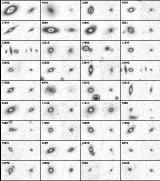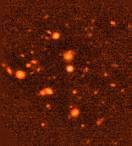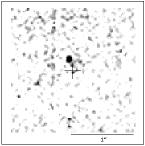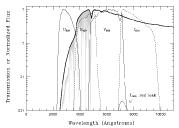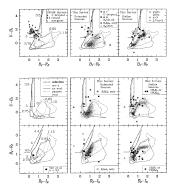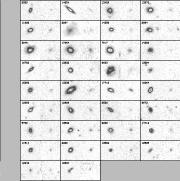
A simple, but physical classification scheme can be derived in terms of the principle stellar types that contributes to a galaxy's SED. It turns out that only two stellar types are needed for a given galaxy, and the specific combination varies from galaxy to galaxy in a well-defined way. Representing the classical MK stellar types with lower case letters a, b, f, g, k, m, the spectral classification of galaxies consists only of pairs bk, bm, am, fm, gm.
Examples of these different spectral types are illustrated here (above for bk-type, and to the left for bm- through gm-type) as selected from a survey of galaxies at intermediate redshift. Galaxies are sorted in redshift in each panel, and range from 0.01-0.35. For each galaxy, there are two panels: (Left) B band image; (Right) K band image. Notice the large range in apparent morphological types in a given spectral class, as well as the significant overlap in types between classes.
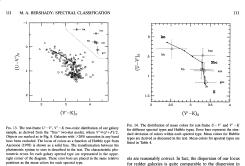
|
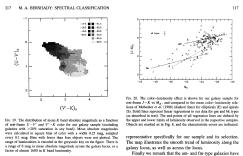
|
Several papers discuss the data, analysis, and further analysis of color-luminosity relations, as cited below and under Recent publications. The data used for this classification analysis is publically available under Personal data and software archive.
The Optical and Near-Infared Colors of Galaxies. I. The Photometric Data, Bershady, M. A., Hereld, M., Kron, R. G., Koo, D. C., Munn, J. A., Majewski, S. R. 1994, AJ, 108, 870
The Optical and Near-Infared Colors of Galaxies. II. Spectral Classification, Bershady, M. A. 1995, AJ, 109, 87
Spectral Classification, Morphology, and Detection of Distant Galaxies, Bershady, M. A. 1993, PASP, 105, 1028
Spectral Classification of Galaxies: An Orthogonal Approach Connolly, A. J., Szalay, A. S., Bershady, M. A., Kinney, A. L., Calzetti, D. 1995, AJ, 110, 1071
Galaxy Form and Spectral-Type: A Physical Framework for Measuring Evolution, Bershady, M. A. 1999, Ap&SS, 269, 183 (reprint: [UW Preprint] [astro-ph/9910037])
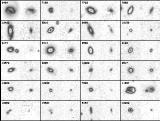
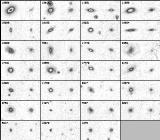
![[fm]](fm_itr_tv3_4.jpg)
